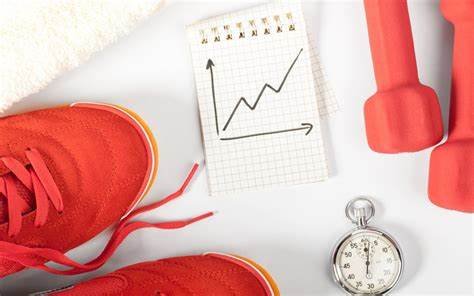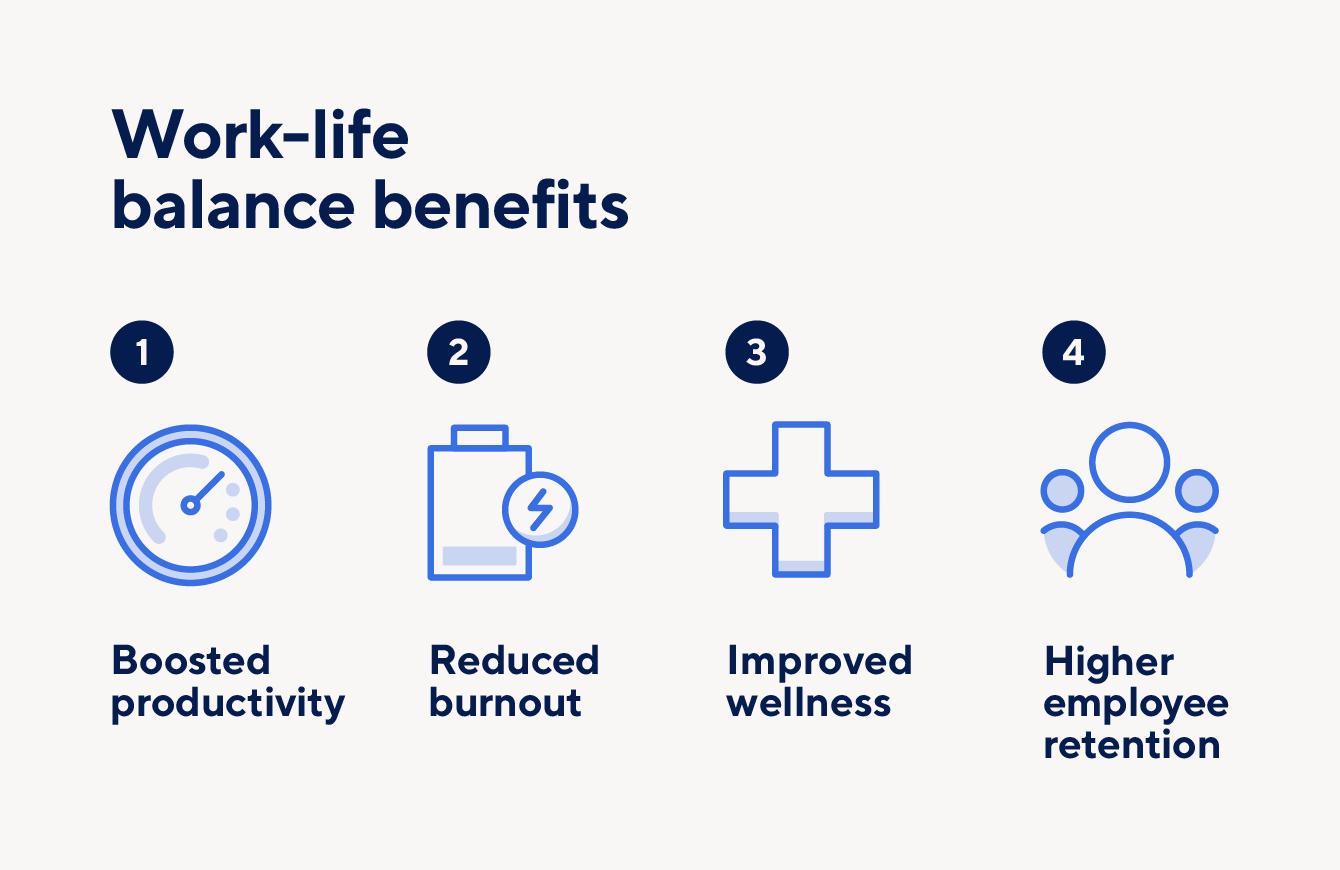Tracking your physical health progress is essential to stay motivated and ensure you’re on the right path toward your fitness goals. Whether you’re aiming to lose weight, build muscle, or improve overall wellness, monitoring key health metrics can help you understand your body’s changes and make necessary adjustments. In this guide, we’ll explore effective ways to track and measure your physical health progress.
1. Set Clear and Realistic Goals
Before you begin tracking, it’s essential to set specific goals. These can range from weight loss and muscle gain to running a 5K or improving flexibility. Ensure your goals are:
- Specific: Define what you want to achieve (e.g., “lose 10 pounds in 3 months”).
- Measurable: Quantify your progress (e.g., “increase my bench press weight by 10 pounds”).
- Achievable: Set realistic goals based on your current fitness level.
- Relevant: Make sure your goals align with your broader health objectives.
- Time-bound: Establish a clear deadline for each goal.
Wellness and Exciting Rewards
BodyChek Wellness helps you achieve your health goals with expert guidance and personalized programs. After focusing on your well-being, unwind with some online excitement at Casino Kingjohnnie. Enjoy a balance of self-care and entertainment that keeps your lifestyle both healthy and thrilling. Discover how wellness and fun can go hand in hand.
2. Monitor Your Weight and Body Composition
Tracking weight is one of the most common ways people measure progress, but it’s important to go beyond the number on the scale. Consider monitoring your body composition—the ratio of fat to lean muscle mass. A few methods include:
- Body fat calipers: These measure skinfold thickness to estimate body fat percentage.
- Smart scales: Some scales provide data on body fat, muscle mass, and more.
- Body measurements: Track measurements of your waist, hips, arms, and thighs to see how your body is changing over time.
- Progress photos: Taking photos every few weeks can give you a visual representation of your progress.
Remember, muscle weighs more than fat, so even if the scale doesn’t move, you could be making significant improvements in body composition.
Prioritizing Your Wellness and Exploring Online Entertainment
BodyChek Wellness focuses on providing resources and guidance for individuals looking to improve their overall health and well-being. While prioritizing your physical and mental health, you might also be interested in exploring other forms of online entertainment. For those seeking digital gaming experiences, you can find information about internet casinos. We encourage responsible engagement with all online activities, balancing your wellness journey with mindful online leisure.
3. Track Your Physical Activity
Whether you’re into strength training, running, or yoga, keeping track of your workouts can show how far you’ve come. Some ways to monitor your activity include:
- Fitness apps: Apps like MyFitnessPal, Strava, and Fitbit allow you to log workouts, steps, calories burned, and even water intake.
- Wearable fitness trackers: Devices like Fitbits, Apple Watches, and Garmin watches measure daily activity, heart rate, and sleep patterns.
- Workout journal: Writing down your sets, reps, and exercises after each session can help you track your strength progress.
- Heart rate monitoring: Tracking your resting and active heart rates can show improvements in cardiovascular health over time.
4. Measure Your Strength Gains
For those focused on strength training, tracking your progress in the gym is vital. Keep a record of:
- Reps and sets: Note the number of reps, sets, and weight used for each exercise.
- Max lifts: Track your one-rep max for major lifts like the bench press, squat, and deadlift to measure your strength gains.
- Endurance: If you’re aiming to build endurance, track how long you can hold certain exercises, such as a plank, or the number of repetitions you can perform before fatigue.
These indicators can help you see tangible progress, even if the results aren’t always immediately visible.
5. Assess Cardiovascular Health
Your cardiovascular fitness is a critical component of physical health. There are several ways to measure your improvements:
- Resting heart rate: A lower resting heart rate typically indicates improved heart efficiency.
- VO2 max: This is the maximum amount of oxygen your body can use during exercise. It’s a great indicator of cardiovascular endurance.
- Distance and time: Whether you’re running, swimming, or biking, track how long it takes you to cover a specific distance. Over time, you should see improvements in speed and endurance.
Balancing Wellness and Digital Leisure
BodyChekWellness.com promotes a holistic approach to health, emphasizing the importance of mental balance, relaxation, and intentional living. Just as wellness routines benefit from variety and mindfulness, digital downtime should also be engaging and enjoyable. For those looking to unwind in a stimulating way, https://www.stellarspins.fun/en/casino-games offers a fun collection of online casino games to explore. A little entertainment can go a long way in supporting a well-rounded lifestyle.
6. Monitor Flexibility and Mobility
Flexibility and mobility are important for preventing injuries and maintaining a full range of motion. Track your progress by:
- Stretching tests: Use simple tests like the sit-and-reach or shoulder flexibility test to gauge how flexible you are.
- Range of motion: Track your joint mobility in key areas like your hips, shoulders, and ankles by noting improvements in how easily you can perform movements like squats, lunges, and overhead presses.
Yoga practitioners, in particular, may find that tracking flexibility is a key part of their overall fitness progress.

Use Progress Charts and Graphs
Visualizing your progress can be extremely motivating. Many apps and wearable devices provide graphs and charts that show how you’ve improved over time. For example:
- Weight and body composition charts: Graph your weight loss or muscle gain over weeks and months.
- Workout performance graphs: See improvements in your lifting strength, running times, or endurance.
- Heart rate and cardiovascular charts: Track your resting heart rate and other cardiovascular data to see how your fitness level has changed.
Recognizing these victories can keep you motivated and remind you that health is about more than just numbers.
Conclusion
Tracking your physical health progress is an ongoing process that requires dedication and consistency. By focusing on a variety of health metrics—such as body composition, strength, cardiovascular fitness, flexibility, diet, and sleep—you can gain a comprehensive view of your progress. Remember, the journey to better health is personal, so celebrate your victories, make adjustments when necessary, and stay committed to your goals.




